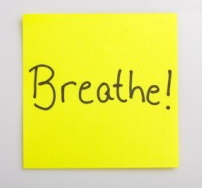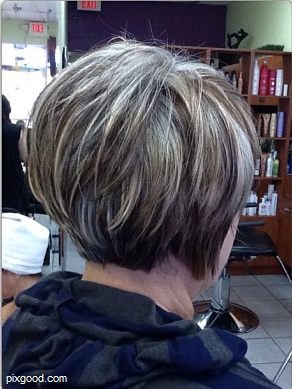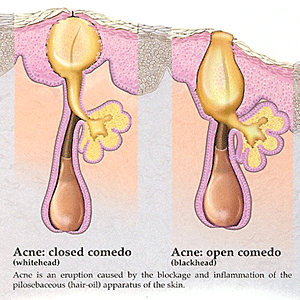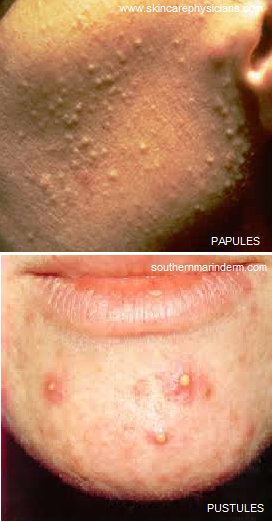Tis the season for dry, oh-so-dry-and-itchy skin. The cold weather is here for a while but your dry skin condition doesn’t have to be.
The challenge is that colder weather lacks moisture. Even here in the great northwest where is rains so much, when it’s cold, we travel in doors to warmer places. Warm air hits our faces and ahhh… relief! Yes, from the feeling of being cold but aaaack… to the dryness it causes because what precious little moisture we do have in our skin during the winter is quickly evaporated during the warmer temperature switch. And yet, back and forth we go, during our busy days: out into the cold, back into the warm. Round and round, getting dryer and dryer.
Cold and windy conditions can have the same effect, without even having to step into a warmer location. Our bodies are trying to keep ourselves warm in the cold; we bundle up; we sweat; moisture is brought to the surface of our skin and the wind whisks it away! Leaving us with chapped lips and ruddy cheeks.
So the answer is to moisturize, right? No… not to just moisturize, no. It is important you understand that moisturizers do not add WATER back to the skin. So it is strongly recommended to replace water loss during cold weather through hydration first. This is done through drinking plenty of water and beverages that do not have alcohol or caffeine in them. Alcohol and caffeine can act as diuretics to the body, causing you an uphill battle in keeping hydrated.
A basic understanding about moisturizers will be helpful to you when choosing which one to use. There are two basic ways a moisturizer works: Either by working with your bodies already existing moisture via a humectant, like hyaluronic acid; or by causing a barrier shield on your skin’s natural barrier layer via an occlusive. So logic would tell you that during times of extreme dehydration, such as cold weather, to lock what moisture you have in, you may want to lean more toward moisturizers that have occlusive ingredients, like shea butter, more predominantly in its formula when you are heading outdoors.
By the way, when heading outdoors, the use of a physical sunscreen (which remains  primarily on the surface of your skin) is so very important during the winter months as well. The sun’s damaging UV rays are still out there, even if you cannot feel their warmth. These rays are not only cancer causing but are dehydrating to the skin. Using a physical sunscreen you gain the occlusive benefits as well as SPF protection (go for SPF 30 or higher).
primarily on the surface of your skin) is so very important during the winter months as well. The sun’s damaging UV rays are still out there, even if you cannot feel their warmth. These rays are not only cancer causing but are dehydrating to the skin. Using a physical sunscreen you gain the occlusive benefits as well as SPF protection (go for SPF 30 or higher).
When you are back inside, cozy warm, and it’s time to bathe or shower, try switching from bar soaps to liquid gels. They are gentler on the skin. To bump up the moisture, after your shower while your skin is still damp, use a deep moisturizing body lotion, preferably one with oatmeal in it (oatmeal is known to be very soothing on dry, irritated skin).
 At night, a great idea for combating moisture loss is by the use of a humidifier. This handy little machine helps keep the moisture high in the air you breathe at night, lessening the severity of dry, scratchy throats, chapped lips and dry nasal passages.
At night, a great idea for combating moisture loss is by the use of a humidifier. This handy little machine helps keep the moisture high in the air you breathe at night, lessening the severity of dry, scratchy throats, chapped lips and dry nasal passages.
And speaking of lips, do not forget to pay attention to yours! When your lips chap that is one of the first signs you are dehydrated. Using an occlusive lip balm is the key to holding in moisture.
One final tip: Pay special attention to the area around your eyes. During these cold snaps, this very thin skin can show more fine lines due to dryness, so be sure to use a separate serum or booster around your eye area, applying it by tapping gently with your ring fingertip, not rubbing.
An ounce of prevention is worth a pound of cure, so at the first signs of dryness, follow these recommendations, be diligent in your skin care regimen, and you will be feeling your soft, supple skin sooner than you think.
Until next time, remember to take care of you.
(If you are confused as to which moisturizer is best for your skin’s specific needs, please do not hesitate to contact us at A Cut Above. We have skilled, knowledgeable skin care professionals available to help you.)






























